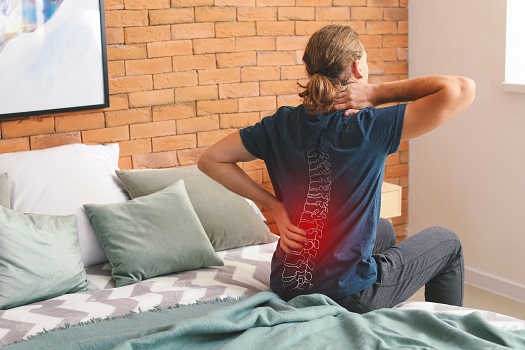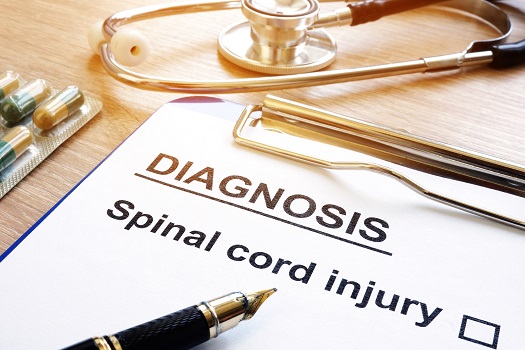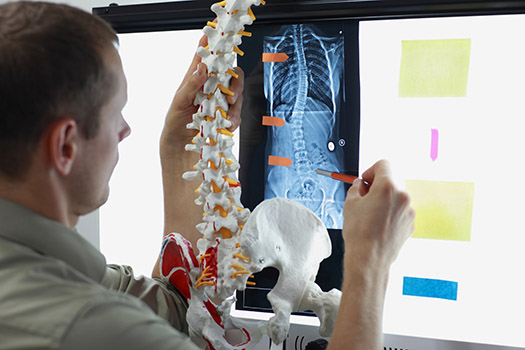The discomfort commonly associated with sciatica usually extends from the lower back to the lower extremities. This is referred to as lumbar radiculopathy. One of the more common sources of numbness, tingling, leg pain, muscle weakness, and other common nerve-based […]
The human spine is naturally curved. However, when that curve is excessive in the lower back just above the buttocks, it’s a condition called hyperlordosis. While rarely seen in children, this abnormality can affect people in all age groups. Characterized […]
Often occurring in the lower back area, spondylolysis is a stress fracture or crack in a spinal bone or vertebra. Specifically, it affects a part of the vertebral arch that joins two vertebrae via their connecting joints (facet joints). This […]
It’s considered rare for a malignant (cancerous) tumor to develop within the spine, which is why symptoms can be overlooked or assumed to be related to something else. Though noncancerous (benign) spinal tumors can affect nerves and create problems, the […]
The design of the human spine is remarkable because it maximizes both strength and flexibility. These are two important qualities, since the backbone houses a good portion of your nerves and helps with your daily movements. It’s easy to see […]
Meaning “porous bone” in Latin, osteoporosis (OP) is a bone disease that reduces bone density and strength, sometimes to the point where a person is more likely to experience vertebral or spinal joint fractures. In fact, it’s estimated that more […]
A cyst is simply a fluid-filled sac. In some instances, these sacs form in areas where they do little or no harm and go undetected because they produce no noticeable symptoms. However, cysts sometimes form in places where sensitive nerves […]
It’s estimated that about 9 million Americans have a condition known as scoliosis, which is an abnormal sideways spinal curvature. Scoliosis is often manageable with physical therapy or bracing and treatable with surgery if the curvature is severe. If you’re […]
Having a herniated disc doesn’t always mean surgery is in your immediate future. It’s actually fairly common for discomfort related to a damaged disc to gradually subside within a few weeks or so after you start to experience symptoms, as […]








